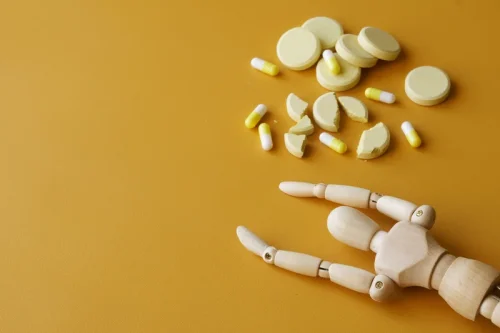
Intermediate familial alcoholics are similar to functional ones but are more likely born with a genetic predisposition to alcoholism. In the U.S., the young antisocial subtype comprises 21% of all alcoholics. The young antisocial alcoholic subtype starts drinking at 15 and develops an AUD around 18. Most young antisocial alcoholics are also male (about three-quarters of the group). Young adults tend to drink less often than older alcoholics, but they binge drink more. The young adult subtype also often abuses other substances besides alcohol and rarely seeks treatment.

Sabino Recovery Provides Trauma-Focused Treatment for Alcoholism
Poor mental health can allow substance abuse to develop if those substances help alleviate the symptoms of any current mental illnesses. Some of the types describe people dealing with fewer mental health issues outside of 5 types of alcoholics their alcohol abuse, whereas others suffer from depressive disorders, bipolar disorders, and more. Most intermediate familial alcoholics begin drinking around age 17 and develop alcoholism later in life, around age 32.
Inpatient Treatment
- Several studies using this approach indicated that alcoholic subtypes defined by single dimensions could indeed be differentiated in predictable ways on a variety of other dimensions (see Babor and Dolinsky 1988).
- The difference between Mezcal and Tequila primarily comes down to the type of agave used, the region produced, and the distillation process.
- Many Young Antisocials also struggle with anxiety, depression, or bipolar disorder.
Rum is often aged in wooden barrels, and because it’s primarily made in the Caribbean, its requirement laws are nowhere near as strict as whisk(e)y. For whisk(e)y to be whisk(e)y, it must be distilled from fermented grain juice (essentially beer!), and depending on where it’s from, it must adhere to strict legal requirements. As mentioned above, fermented beverages won’t exceed 15% in alcohol without being modified somehow.
Medically Assisted Treatment (MAT)
If you are looking for the right treatment option for yourself or someone you know, it is important to speak with a doctor or mental health professional about the best action plan. The 2021 National Survey on Drug Use and Health (NSDUH) reveals that 28.6 million adults aged 18 and older (11.3 percent https://ecosoberhouse.com/article/who-sober-alcoholics-are-and-what-it-means-to-be-sober/ of this demographic) experienced alcohol use disorder (AUD) in 2022. Alcoholism is a chronic, progressive disease affecting millions of people worldwide. Although there are many stereotypes about what an alcoholic looks like or how they behave, alcoholism manifests differently in everyone.
- Functional alcoholics are more likely to smoke but usually aren’t addicted to other substances.
- Treatment matching and patient placement also might profit from this knowledge, provided that different therapeutic approaches and treatment settings prove to be differentially effective with different types of alcoholics.
- Another factor is whether or not someone is also addicted to other drugs.
- Again, these dependents are all young adults in their mid-twenties.
- In the past, identification methods for alcoholic subtypes focused on drinkers who were hospitalized or receiving some other type of medical treatment.
- Family members and adults may assume that the young adult will then “grow out of it” and do not see the drinking as a potential ongoing or long-lasting issue.
The six base spirits

- The classification system described in this study will have broad application in both clinical and research settings.” A report of the study is now available online in the journal Drug and Alcohol Dependence.
- For example, hard liquor like vodka or whiskey can make people feel more aggressive, whereas wine is typically thought of as being more relaxing.
- The NESARC is a nationally-representative survey that looks at alcohol, drug, and mental disorders in America.